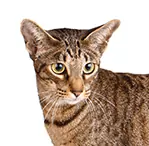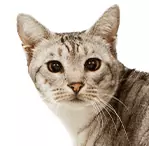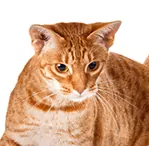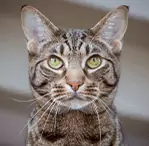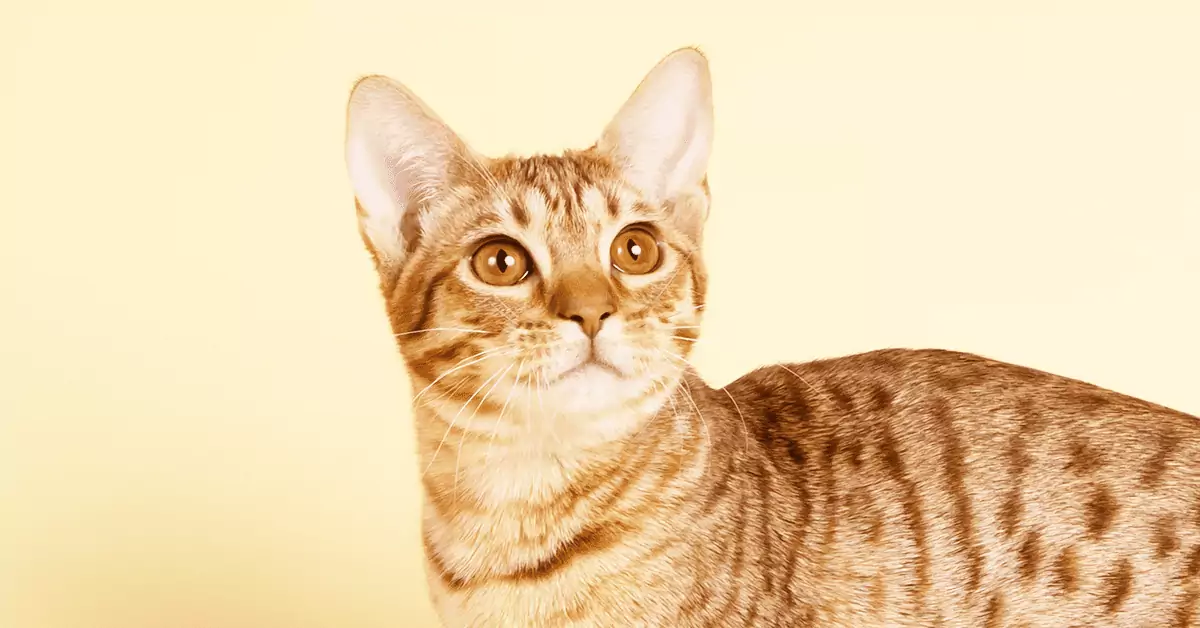
Meet the Ocicat
Best Fur Friend
Star Athlete
Low-Maintenance Looks
My Many Looks
My Breed Characteristics
Furbulous Fact
As I Grow Up
History of My Breed
Care Tips
Training Tips
Personality
Affectionate
Playful
Sociable
Origin
United States
Life Span
12-18 Years
Breed Popularity
Length Range
16-18 Inches
Weight Range
6-15 Pounds
Coat Details
Type
Shorthaired
Texture
Smooth and Satiny
Colors
Tawny, Chocolate, Cinnamon, Blue, Lavender, Fawn, Ebony Silver, Chocolate Silver, Cinnamon Silver, Blue Silver, Lavender Silver, Fawn Silver
Pattern
Spotted Tabby
Hypoallergenic
Yes
Cost to Buy
$800-$1,200
My Many Looks
My Breed Characteristics
Furbulous Fact
As I Grow Up
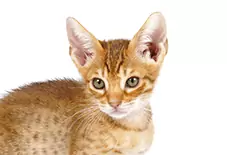
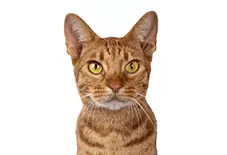
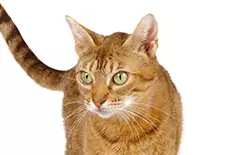
History of My Breed
Care Tips
from Dr. Jessica Greenberg, Associate VeterinarianGames and toys are an excellent way to entertain your Ocicat.
The Ocicat is a sociable and intelligent cat breed with a high energy level who needs a lot of environmental enrichment. Make sure to regularly rotate the toys on offer, as Ocicats get bored easily with the same toys. If they do not receive the appropriate amount of enrichment, their behavior can become aggressive towards people, as they do not have an outlet for their energy.
Train your Ocicat to walk on a leash for extra exercise.
Due to their intelligence, Ocicats are highly trainable, and are one of the few breeds of cat that are relatively adaptable to being leash trained. This can open up a whole new world of exploration while being safely controlled by their owner. Start young with your kitten wearing the harness around the home and gradually introduce leash activity using treats or toys as positive reinforcement.
Be proactive about your Ocicat’s heart health.
Ocicats have a genetic predisposition to cardiac disease. While not every Ocicat will have cardiac issues, it is essential to get your Ocicat thoroughly checked by a veterinarian annually to look for signs of cardiac disease. They are predisposed to both congenital (genetic issues found at birth) and acquired (disease that develops over time) heart disease. Signs of heart disease include weight loss, difficulty breathing, lethargy, and exercise intolerance.
Training Tips
from Dr. Jessica Greenberg, Associate VeterinarianMy Many Looks
My Breed Characteristics
Furbulous Fact
As I Grow Up
History of My Breed
Care Tips
Training Tips
-
Personality
Affectionate
Playful
Sociable
-
Origin
United States
-
Life Span
12-18 Years
-
Breed Popularity
-
Length Range
16-18 Inches
-
Weight Range
6-15 Pounds
-
动物皮毛
Type
Shorthaired
Texture
Smooth and Satiny
Colors
Tawny, Chocolate, Cinnamon, Blue, Lavender, Fawn, Ebony Silver, Chocolate Silver, Cinnamon Silver, Blue Silver, Lavender Silver, Fawn Silver
Pattern
Spotted Tabby
-
Hypoallergenic
Yes
-
Cost to Buy
$800-$1,200
